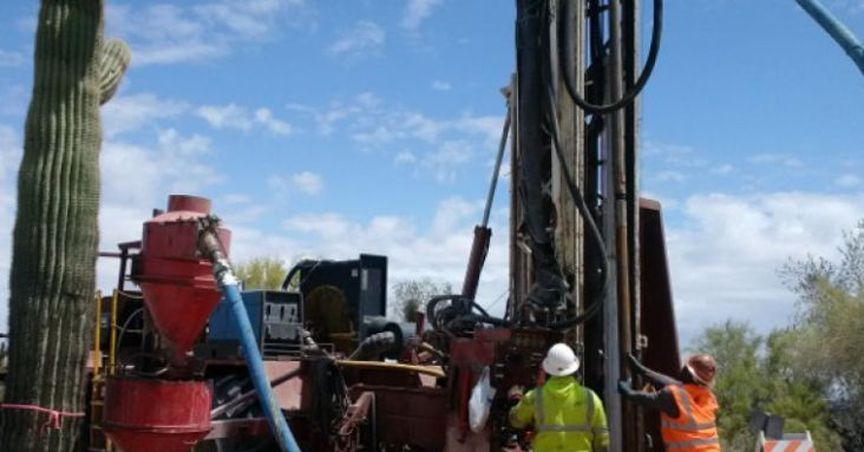Silver Mines Limited (ASX:SVL) announced on 26th March 2019 that the company has received initial laboratory results from a recent reconnaissance soil sampling program within the Tuena Gold Project. The Tuena project is 100% owned regional exploration project which operates on a single exploration license EL8526. It covers almost 175 square Kilometres of an area and is in the Southern Tablelands of NSW.
The application of the Tuena was submitted a few years back, and the exploration license was granted on March 2017, which makes it a new project as compared to the companyâs primary projects such as Bowdens Silver and Barabolar Project.
Tuena was the site of a mid-1800s alluvial and hard-rock gold rush and the gold was first discovered in 1851 towards the north of the town of Tuena in the Abercrombie River. Apart from the alluvial gold workings, numerous workings extracted gold principally from quartz reefs. The NSW Government database suggests that the Lucky Hit Mine produced a grade of 61.2g/t of gold from quartz reefs. The mineralisation at the project site is defined by the presence of historic shafts and audits and can be observed at the surface as structurally controlled shear or vein systems hosted within deformed sediments and volcanics. The sedimentary and volcanics rocks that host the shear or vein system is of Silurian and early Devonian age.
The mineralisation at the project site also occurs within splay structures associated with the Copperhania Thrust Fault and is the continuation of the significant Godolphin Fault, which is closely related with the mineralisation at the McPhillamys gold project, which is a multi-million ounces project approx. 60Km to the north from the project site.
Sampling Program:
The company undertook a reconnaissance soil sampling recently over the Lucky Hit, Golden Dyke South, Garnet Mine and Copper and McKenzie historic workings to identify the continuity of the mineralisation beyond the limits of historic workings. The soil samples were taken from the project site to test for the level of gold, silver, antimony, bismuth, and tellurium.
At the Copper and McKenzie historic workings, a 500-meter-long arsenic anomaly is coincident with strong gold, silver and antimony anomalies. The presence of arsenic, antimony, and silver suggests the potential of discovering the gold beyond the historical limits as arsenic, antimony, and silver are considered as a strong pathfinder element for gold in the region of Copper and McKenzie prospect.
The Devonian Crudine Group sediments and volcaniclastics host the Copper and McKenzie trend, and the mineralisation is dominated by the carbonate and quartz veins and is associated with disseminated sulphides.
The company also identified the mineralisation, hosted within sediments and tuffs of the Devonian Cunningham formation at the Garnet Mine and discovered an extensive arsenic-gold anomaly over the 300-meter strike, located to the west of the oil workings.
As per the company, it is currently working on the plan to expand the exploration program for the Tuena Project and would take follow up and infill programs to progress through these highly prospective anomalies.
The shares of the company closed at A$0.058 (as on 26th March 2019), up by 1.754% as compared to its previous close.
Disclaimer
This website is a service of Kalkine Media Pty. Ltd. A.C.N. 629 651 672. The website has been prepared for informational purposes only and is not intended to be used as a complete source of information on any particular company. Kalkine Media does not in any way endorse or recommend individuals, products or services that may be discussed on this site. Our publications are NOT a solicitation or recommendation to buy, sell or hold. We are neither licensed nor qualified to provide investment advice.






